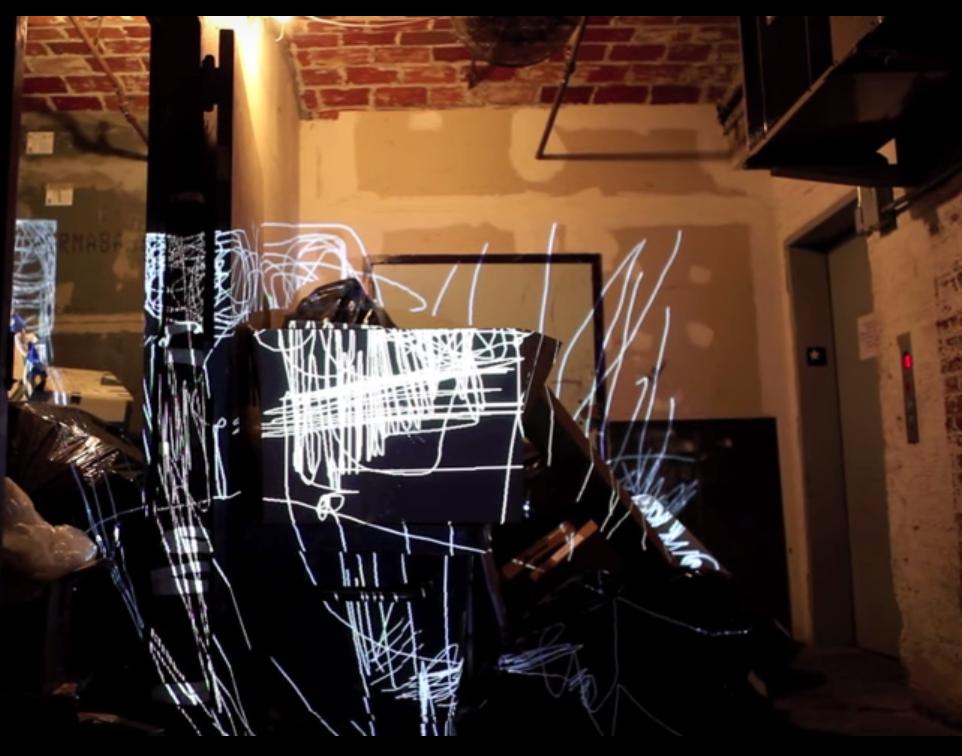
For Smart-Magazine, Wayward asked artist Anna Schuleit, "How can we integrate wilderness into our cities?"
{"preview_thumbnail":"/sites/default/files/styles/video_embed_wysiwyg_preview/public/video_thumbnails/pvrJfB-WwGI.jpg?itok=ogBYaASE","video_url":"https://www.youtube.com/watch?v=pvrJfB-WwGI&feature=youtu.be","settings":{"responsive":1,"width":"854","height":"480","autoplay":0},"settings_summary":["Embedded Video (Responsive)."]}
The Question and Answer article series joins two creative minds from a range of backgrounds to better understand the transformation of our cities. Enjoy urban nature group Wayward’s intriguing question and artist Anna Schuleit’s insightful answer.
Wayward creates imaginative responses to derelict sites, vacant lots and urban wastelands. We have found that these forgotten spaces–overgrown with vegetation and weeds–are hosts to diverse habitats and a wide range of meanings and uses that are both creative and productive. Our projects have been a response to the sanitized and controlled landscapes of urban regeneration, in which cities are swept clean of these urban wilds. We wish to explore the potential for urban wilderness within our cities, allowing for emergent ecologies and the creative appropriation of these environments.
Wayward asks: How can we integrate wilderness into our cities?
Anna Schuleit answers: Wilderness means growing disorder. It hints at a natural, rather than a man-made, order. Our cities are based on urban functionalities, separate from natural growth, but we need a palpable sense of wilderness in our days, some encounter with green, in order to navigate the man-made, the ordered, the human rationale, that reigns so loudly in the city. Without wilderness we would simply and truly be impoverished city-dwellers. I live next to Prospect Park in Brooklyn and walk, every day, with my boyfriend and dog, past hundreds of fellow walkers whose faces are also brightened, as are ours, by the presence of some taste of wilderness in the park, by something to walk in and submit to, something to roll and lie in, something fragrant and dirty, something shared, not owned, and something perpetually changing. Wilderness contrasts and softens the hard streets, the solid building materials, the right angles of our cities and our thinking. Wilderness is a lesson in abstraction: as a visual artist, I hope to bring glimpses and scenes of wilderness into my work, using paint, most directly, and sometimes actual plants, and, most recently, light as a hand-drawn, “live” line that touches and grazes along the forms and shapes around us, the trash rooms, and loading docks, and undersides of our streets here in Brooklyn.
We need more softening wilderness, more wild things in our days to offset the known, more hand-drawn and hand-made, more sprouting, more bloom. The hand-drawn line is my way to reach into the common space, the void we all try to inhabit. This live-line drawing is a medium with which I can describe and delineate urban space, mark movement and distance, erase and re-imagine form, and, ultimately, blanket the familiar with some sort of wilderness.
